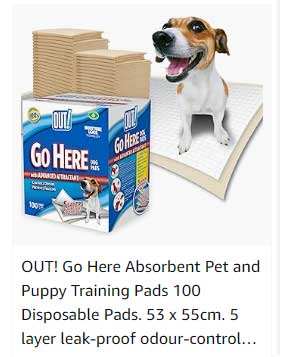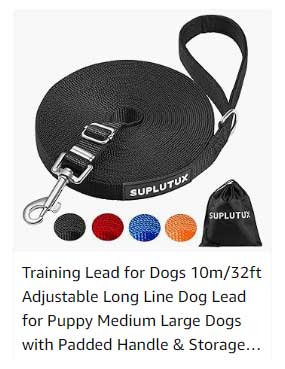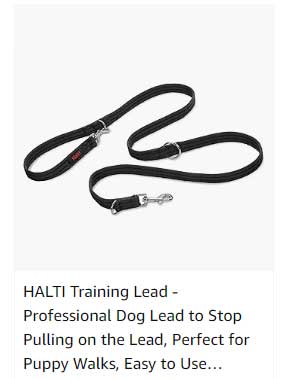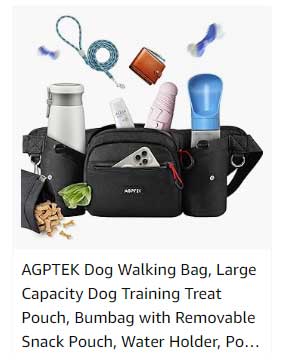When it comes to low level dog treats, an essential part of your puppy’s training and reward system, you need to be aware of their ingredients and nutritional value.
LOW LEVEL DOG TREATS
Treats, such as kibble and commercially packaged rewards, are highly beneficial in the early stages of training.
They help to capture your pet’s attention without causing overstimulation, a common issue associated with high reward treats like cooked meats, cheese, and eggs.
TREAT INGREDIENTS
However, not all low level treats are created equal, and understanding what goes into these treats can make a significant difference in your pet’s health.
A golden rule to follow is to opt for treats made with natural, wholesome ingredients, as they are more likely to provide your pet with the essential nutrients they need to thrive.
Many commercially available dog treats often contain fillers and additives that, while harmless in small amounts, can lead to health issues over time if consumed regularly.
Some of these fillers include corn, wheat, and soy, which are not inherently harmful, but are not ideal as they do not provide much nutritional value.
Other ingredients to watch out for include artificial colors, flavors, and preservatives, as these can lead to allergic reactions and other health problems in some dogs.
COUNTING THE CALORIES
Moreover, it’s important to be mindful of the caloric content of these treats.
While they may seem small and insignificant, these treats can quickly add up and contribute to weight gain, especially in smaller breeds.
Therefore, always check the calorie count per treat and factor this into your dog’s daily intake.
SMALL TREAT PIECES
In the same vein, it’s crucial to ensure the treats are appropriate for your dog’s size and age.
Too large a treat for a small breed or a puppy could pose a choking hazard.
Similarly, a treat that’s too small for a large breed may not provide the desired distracting or rewarding effect.
Remember, while low level treats are useful tools for training and rewarding good behavior, they should not make up more than 10% of your dog’s daily caloric intake.
The remainder should come from a balanced, nutritious diet that meets your dog’s specific dietary needs.
IN CONCLUSION
Low level dog treats can be an essential part of your pet’s reward system, but it’s important to choose wisely.
Always opt for natural, wholesome ingredients over artificial additives and fillers, and make sure the treat size is appropriate for your pet.
By doing so, you can ensure that your dog’s treat time is not only enjoyable but also contributes positively to their overall health.












